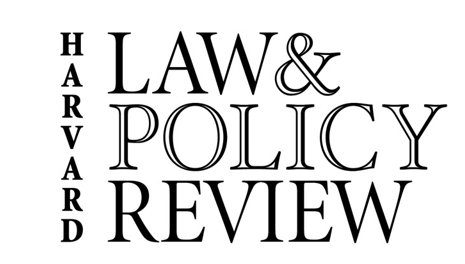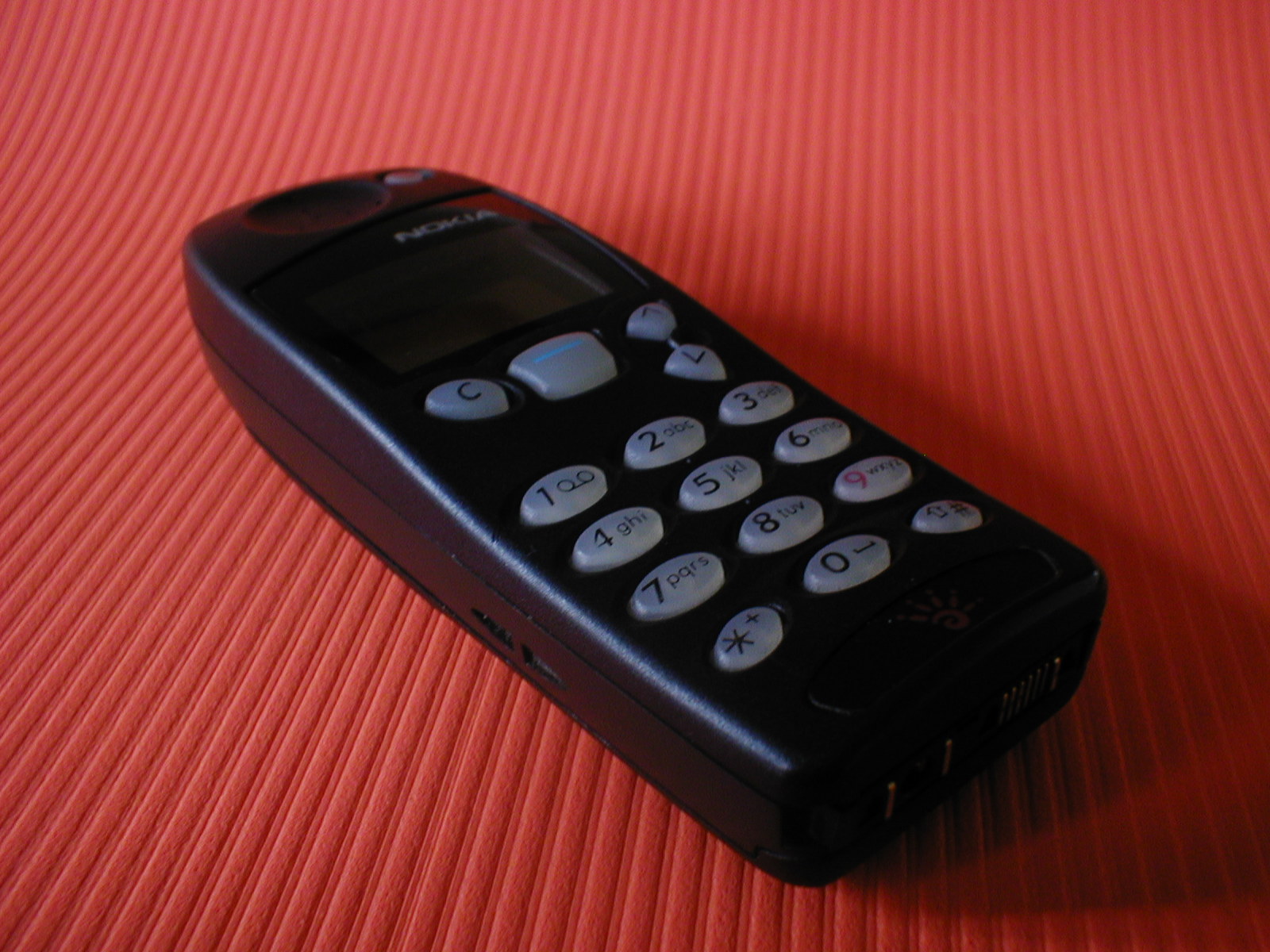By Noah Marks
Part 2 in a 2-part series
Editor’s note: At the author’s request, this post has been revised substantially since its original posting to more clearly express the author’s intent.
Earlier today, the Supreme Court issued an opinion covering both Riley v. California and United States v. Wurie, holding that police must obtain a warrant before searching cell phones. Even though the decision ostensibly resolved both cases, the Court’s reasoning and rhetoric clearly focused on Riley, the more egregious breach of privacy where police repeatedly and extensively explored a suspect’s smart phone. The Court spent comparatively little time on Wurie, despite its salient distinguishing features: it involved a non-smart flip phone and a significantly more limited search. Riley is rightly being hailed as a decisive, landmark, and compelling defense of privacy in the digital age. Unfortunately, the Court’s failure to address Wurie’s differences casts an unnecessary shadow over its decision by potentially blurring the distinction between physical and non-cell phone digital devices and creating anomalies in police practice.
The Court dismissed the dramatic differences in technological capabilities apparently on the basis that the divergence between cell phones and any other physical object that could be on someone’s person dwarfs any divergence between types of cell phones. The Court said that the privacy concerns tower over the interest of law enforcement because cell phones pose no risk to police and are capable of storing an astonishing breadth, depth, quality, and quantity of information. From the Court’s perspective, all cell phones can contain every piece of mail from the past months, every picture ever taken, every book and article read, numerous websites visited and illnesses endured, apps downloaded, nearly every location visited, not to mention addresses and phone numbers for thousands of entries. Indeed, the Court distinguished these cases from pen registers in Smith v. Maryland because “cell phone” is a misnomer. The Court enumerates equally accurate names including cameras, video players, calendars, tape recorders, libraries, diaries, albums, televisions, maps, or newspapers.
However, typical flip phonesare not commonly used as newspapers or televisions, and most are not wifi enabled, come with minimal memory, have few or no apps, have limited contacts, and cannot effectively surf the web, sync with the cloud, or download files. Even though it still would be infeasible to physically carry in paper form the quantity of information on a flip phone, and flip phones similarly pose no threat to police, there are significantly less potential privacy concerns in Wurie than in Riley.
The Court does not acknowledge this. Instead, the Court’s holding applies to cell phones regardless of type, but based on the privacy implications that primarily arose in Riley. Not discussing Wurie unfortunately leaves it unclear which attributes of cell phones (cloud? video? memory? diversity of functions? cellular data? wifi? location data? call history?) are dispositive. Without that clarity, because the Court frames its holding as applying to “cell phones” (regardless of misnomer) it is reasonable to conclude that telephonic capability is dispositive. However, the privacy concerns apply in varying degrees to all digital devices. It’s not clear how the holding would apply to a basic Kindle, Kindle Fire, iPod nano, regular iPod, iPad, iPad with cellular data, cloud-enabled camera, or Google Glass, even though all of those devices implicate fewer privacy concerns that Riley but many surpass the concerns implicated by Wurie’s flip phone (but may be less pervasive). The asymmetry between the Court’s rhetoric about the vast invasion of privacy wrought by the capabilities of minicomputers and the holding’s application to Wurie but not non–cell phone digital devices has the potential to undermine the decision’s defense of privacy in the digital age.
On top of ignoring the technological differences, the Court also ignored the significant differences in the searches. In Riley, the police confiscated his iPhone and examined its videos, text messages, the contacts list, photographs, and other information. In contrast, after confiscating Wurie’s flip phone, the police noticed that it rang repeatedly. The number was named “my house.” Then, the police simply opened the phone and clicked two buttons to retrieve the number. Along the way, they took note of the background picture of a woman.
The Court implicitly argues that ignoring the distinction between the searches enables a clear ruling: police cannot inspect the digital contents of a cell phone without a warrant, but the physical contents are incident to the arrest and fair game. However, in practice the ruling may not be as clear as the Court intended. A physical search may include pressing a button, perhaps accidentally. Pushing the Home button on an iPhone reveals the background image and missed alerts, which may include text messages and phone numbers. Must a police officer ignore this digital information? Grouping Wurie with Riley suggests so, but it’s hard to see why. Just like ignoring the technological differences, collapsing the searches’ differences transforms a clear-cut rule into something that is in reality difficult to apply and, as Alito notes in his concurrence, creates anomalies in police practice.
Practically speaking, more and more people have smarter and smarter objects that closely approximate iPhones. Given that, it’s probably reasonable for the Court to focus on Riley more than Wurie. However, resolving Wurie summarily passes over complexity that has the potential to undermine the decision’s powerful, appropriate, and wonderful simplicity. Future litigation will undoubtedly address the application of the Court’s spot-on privacy rationale to all digital objects. Similarly, the complexities inherent in distinguishing between the Court’s simple directive – no searching cell phones – and physical searches will be ironed out in time. Deciding Wurie based on Riley establishes what will hopefully be a powerful pro-privacy foundation, but the Court missed an opportunity to resolve such questions decisively and in favor of safeguarding privacy by minimizing and not addressing Wurie’s relevant differences.

